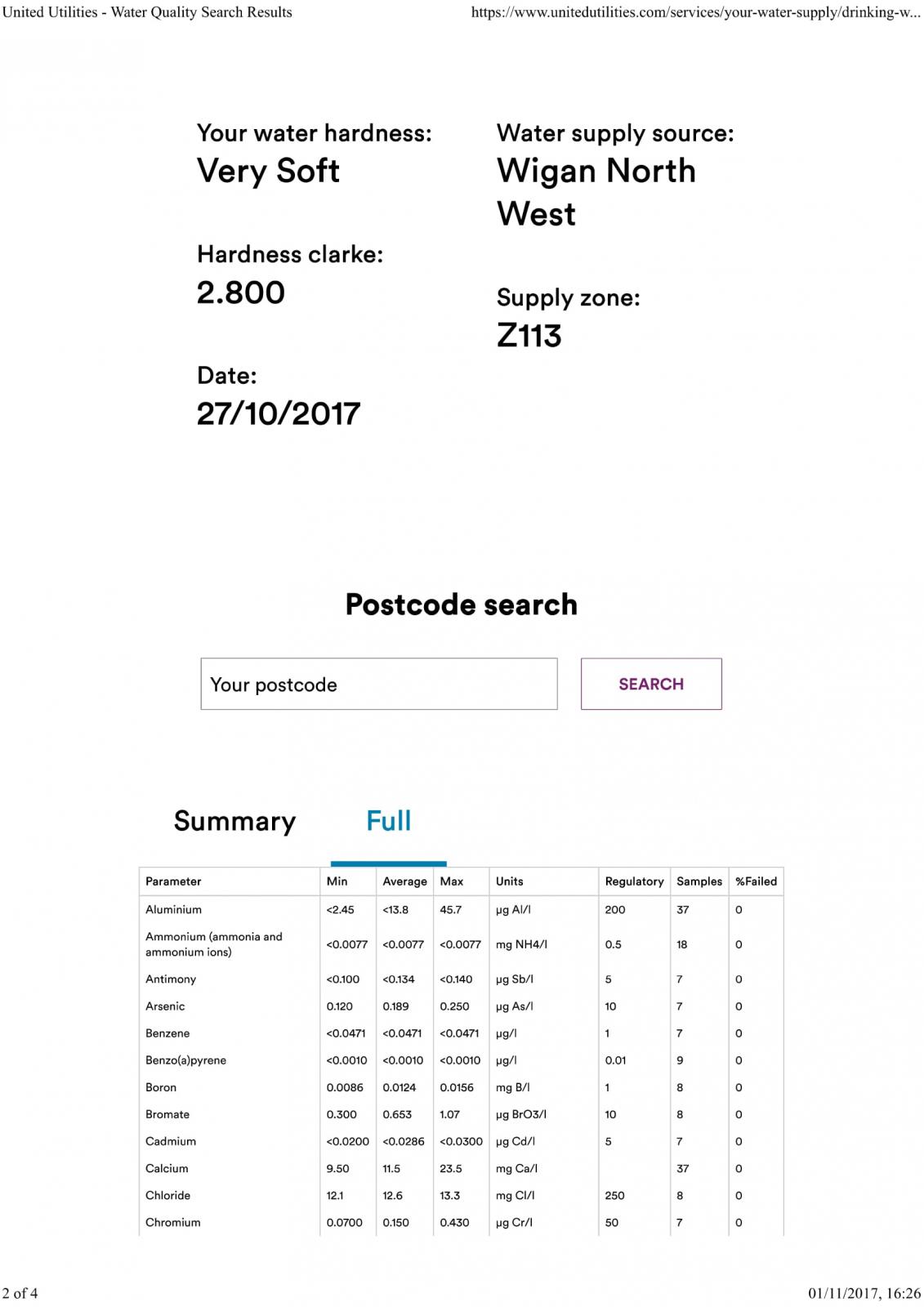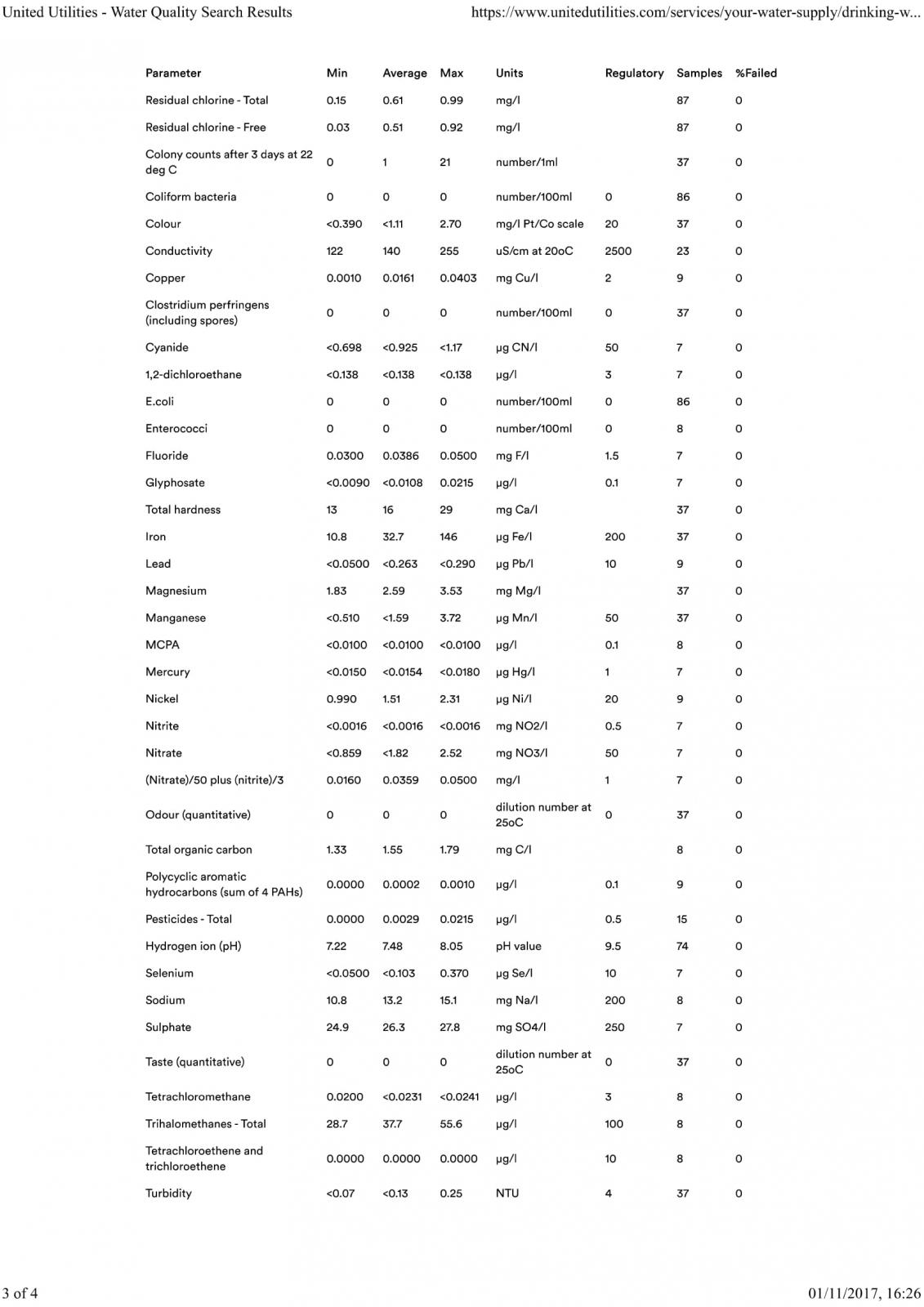Thanks! Yup I am adding Calcium Chloride as well. I use Bru'nWater. Unless I am missing something, the Gypsum additions are so monstrous (people are talking here of ~20g for 6 Gallons) that adding the full amount will actually make the mash PH too low according to Bru'nWater. So I think I will just add enough Gypsum to lower Mash PH to what I need, and then add any extra (if I have the nerve) the the kettle.
Also -- I think this is because I am starting out with Distilled. It's possible reg water might be able to handle all the Gypsum and still require a bit of Acid. With distilled water the full amount of Gypsum puts the PH into the 4s.
I just read that, 20gr/6 gallons does sound monstrous! But if that's indeed what it takes to get closer to a HT, then so be it.
You're right, don't add all of it to the mash, just enough to get to the correct mash pH, then the rest to the boil kettle. For the latter, I would dissolve it in some cold/luke warm water/wort first, then add. Or add even less to the mash, say up to 100-200 ppm, plus some acid, if needed, to get to your mash pH.
I haven't read the whole thread or even most of the last few 400 posts, but I'm thinking wouldn't it be better to add the balance of that huge dose of gypsum to the chilled wort instead of boiling it for an hour?
















































![Craft A Brew - Safale BE-256 Yeast - Fermentis - Belgian Ale Dry Yeast - For Belgian & Strong Ales - Ingredients for Home Brewing - Beer Making Supplies - [3 Pack]](https://m.media-amazon.com/images/I/51bcKEwQmWL._SL500_.jpg)










